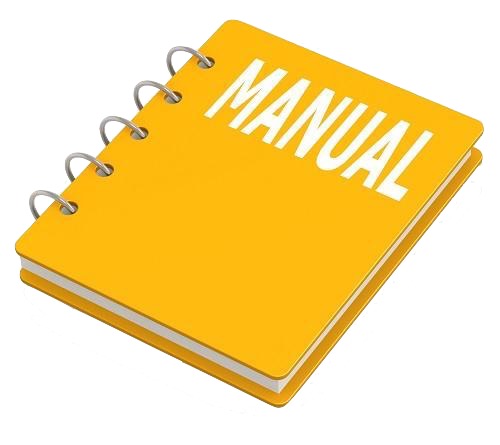INSTANT DOWNLOAD (add to cart)
Complete workshop & service manual with electrical wiring diagrams for Caterpillar D6M Track-Type Tractor. It’s the same service manual used by dealers that guaranteed to be fully functional and intact without any missing page.
This Caterpillar D6M Track-Type Tractor service & repair manual (including maintenance, overhaul, disassembling & assembling, adjustment, tune-up, operation, inspecting, diagnostic & troubleshooting…) is divided into different sections. Each section covers a specific component or system with detailed illustrations. A table of contents is placed at the beginning of each section. Pages are easily found by category, and each page is expandable for great detail. The printer-ready PDF documents work like a charm on all kinds of devices.
MANUAL LIST:
SENR8389 – Testing & Adjusting (D6M Track-Type Tractor Hydraulic System).pdf
SENR3611 – Disassembly & Assembly (446 & 446B Backhoe Loaders, Lexion 450 Combine, 3114 & 3116 Engines, IT18F Integrated Toolcarrier, D6M Track-Type Tractor and 928F, 950F & 950G Wheel Loaders)
SENR4615 – Specifications (Supplement for Caterpillar 3114, 3116 & 3126 Engines)
SENR8383 – Disassembly & Assembly (D6M Track-Type Tractor Engine Supplement)
SENR8384 – Specifications (D6M Track-Type Tractor Power Train)
SENR8385 – Systems Operation (D6M Track-Type Tractor Power Train)
SENR8388 – Specifications (D6M Track-Type Tractor Hydraulic System)
SENR8389 – Systems Operation (D6M Track-Type Tractor Hydraulic System)
SENR8390 – Schematic (D6M Track-Type Tractor Hydraulic System)
SENR8391 – Disassembly & Assembly (D6M Track-Type Tractor Machine Systems)
SENR8392 – Schematic (D6M Track-Type Tractor Electrical System)
SENR4615 – Systems Operation (Supplement for Caterpillar 3114, 3116 & 3126 Engines).pdf
SENR4615 – Testing & Adjusting (Supplement for Caterpillar 3114, 3116 & 3126 Engines).pdf
SENR8386 – Testing & Adjusting (D6M Track-Type Tractor Power Train).pdf
…
EXCERPT:
1. Permit only one operator on the machine. Keep all other personnel 2. away from the machine.
2. Move the hydraulic control levers to all positions so that the pressure in the hydraulic system is released.
3. Engage the parking brake.
4. Stop the engine.
5. Loosen the filler cap on the hydraulic tank so that the pressure in the tank is released.
6. Tighten the filler cap on the hydraulic tank.
7. The pressure in the system has now been released and lines or components can be removed.
8. Follow this procedure in order to define a problem with the hydraulic system. First, do Visual Checks. Next, do Operational Checks. Lastly, do Instrument Tests. This procedure helps identify hydraulic system problems. Once the problem is defined, go to Troubleshooting. The Troubleshooting Section lists the probable causes of a known problem. Since there may be more than one cause for a problem, the Troubleshooting Section may suggest specific inspections or instrument tests be done. These inspections and tests help identify the most probable causes.
…
